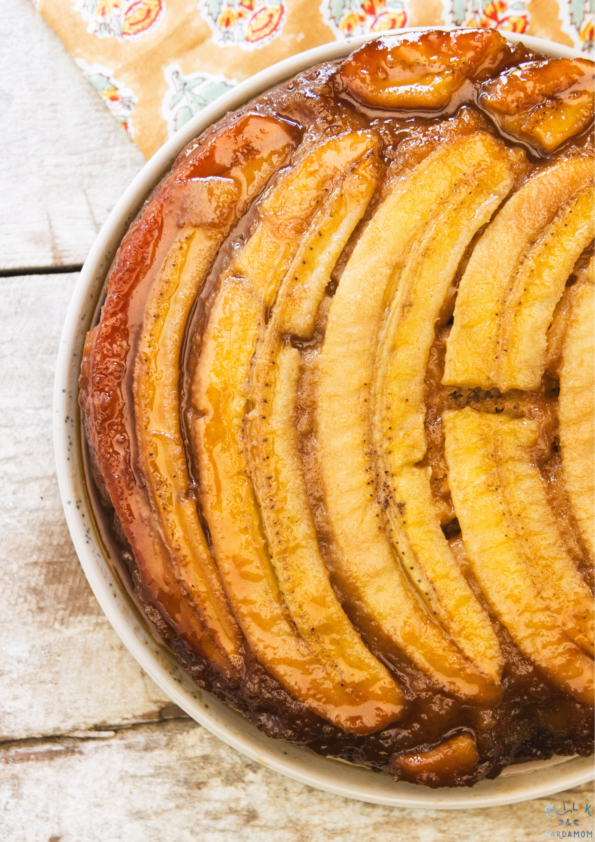This winter break I went to Trinidad to enjoy beautiful 90 degree weather and relax. My boyfriend chose this country because 1 month ago I had knee surgery; he thought if he chose a boring old island I wouldn’t find anything too grueling or adventurous to do. He was so wrong. After doing my research I found an amazing set of guided hikes. The company we used is Nature Trekking which is owned by Emile Serrette. Emile was the key to our learning the culture of Trinidad. He catered every hike and tour to our taste and helped us get an understanding of the Trinidadian culture.
The first hike I scheduled with Emile was the Paria Bay/Waterfall hike. This hike is not for the faint of heart. It was an 11 mile/6 hours round trip hike in the deep jungle with a few stop offs at a few beaches. The hike started in the small town of Blanchisseuse on a small graveled path. The graveled path slowly turned into a small dirt and mud path into the rain forest. On the hike down we took a SUPER muddy path onto turtle rock. This is a turtle shaped rock that juts out into the ocean and a stopping point for a snack. We took in the amazing views of the secluded rugged coastline with the churning and violent Caribbean Ocean. One of the reasons why the beaches here are so secluded is because the only way to get there is by boat or by hike. In the winter months the ocean is extremely dangerous and very few boats take their chances. This characteristic has also helped preserve the beaches and nature in the area. Eventually we entered Paria Bay and were greeted by a few Rastafarian locals who live in tiny huts along the beach. The beach was covered in empty leatherback turtle eggs from earlier this summer. The turtles come every summer to lay their eggs on beaches in Trinidad, Paria Bay being one of them. We enjoyed a slow walk along the beach and relaxed by dipping our feet into the cold ocean. A 15 minute hike away was Paria Waterfall. The roar from the waterfall could be heard all the way from the beach. We were lucky enough to sit at the base of the fall and eat lunch. This place looked like a picture out of Tarzan. Vines and giant treetops surrounded us. After playing around in the water and cleaning off our muddy shoes we started our hike back to Blanchisseuse. I was so exhausted at this point, the only reason I kept going was the idea of getting in a warm shower. Luckily Emile is a great cheerleader and encouraged me all the way back to our car.
In the end I was super proud of myself for finishing that hike and got to enjoy some beautiful views that most people don’t get to see. We were happy to get back to our hotel (the Hyatt) take a warm shower to get all the mud off of us.
Our second hike in Trinidad was to Mount Tamana Bat Caves. It was an easy 35 minute hike up and a super muddy slippery 40 minute hike down. We met up with Emile once again and were also joined by a Canadian diplomat with his two teenage children. On our way up Emile showed us the flora and fauna of the area. Nutmeg, cocoa trees grew naturally in the rain forest. Once we made it to the bat cave, a hoard of 3.2 million bats came rushing out at dusk. Tamana Bat Cave is the second largest bat cave in the world and is the home to both fruit and vampire bats. We stood at the mouth of the cave as the bats rushed and flapped toward us. I could feel their wings barely miss my head or shoulders. There was bound to be one bat to have a slow sonar system and I was hit in the head with a full wing at one point. The smell of the ammonia off the guano wasn’t too overwhelming luckily, so standing at the mouth of the cave was not too bad. We learned that we shouldn’t make too many quick movements because the bats’ sonar systems can’t handle that. Rhut might have hit one with a stick he was waving around by mistake. It was such a National Geographic-esque experience and once again Trinidad gave me another one in a lifetime moment. After an hour of watching the bats we started hiking down to the car. Then it started raining and the already muddy paths became a pit of sticky clay-like, shoe-suctioning mud that was impossible to walk through. I fell on my butt about three times and we all decided that we are just going to go with the mud and slip along down the trail. After a long, careful walk down, with everyone caked in mud we washed up and went on our way back to our hotel.
Our last and final tour was of Pitch Lake in the town of La Brea located on south western coast of Trinidad. It was a super informative tour and went along went our National Geographic theme.
Things we learned at Pitch Lake:
1. The lake is full of pitch, which when heated turns into asphalt. This lake has been mined for asphalt that has paved roads in over 50 countries, including the US, India, England, Japan, and Australia.
2. The lake is 200 feet deep and contains 10 million tons of pitch.
3. Just like any other tar pit, it also is alive. It churns slowly over time and things that were swallowed up by the lake are slowly resurfaced. Ancient trees, bones, and pottery are a few items that have reached the surface as the pitch slowly moves.
4. In the middle of the lake is known as the “Mother of the Lake”. It is the most active area and where the pitch/asphalt is the softest. Near this area the pitch is so soft that rain water causes an indentation in the lake surface and creates small pools.
5. There are natural sulfur pools created by the rainwater on the lake is said to help alleviate skin problems like acne and rashes.
6. You should never go onto the lake without a guide. One man did and took a wrong step and fell chest deep into the lake. He had to be pulled out by nearby guides.
7. The area around the lake is rich in minerals and cashew and mango trees surround it. As well as a small lake full of water lilies.
8. The skin of the lake can be peeled back to see what is inside. While we were walking on the surface, we could see our footprint indentation slowly bounce back to a smooth surface. When the lake was being mined, trucks had to be constantly moving otherwise they would sink into the lake.
9. Natural methane gas escapes from the lake and can be seen as little bubbles coming up in the small rainwater pools.
10. The pools can reach up to 4-5 ft in depth. I learned this the hard way. We tried to find out way out with the guide and we ended up having the wade through and jump over some deep pools.



























